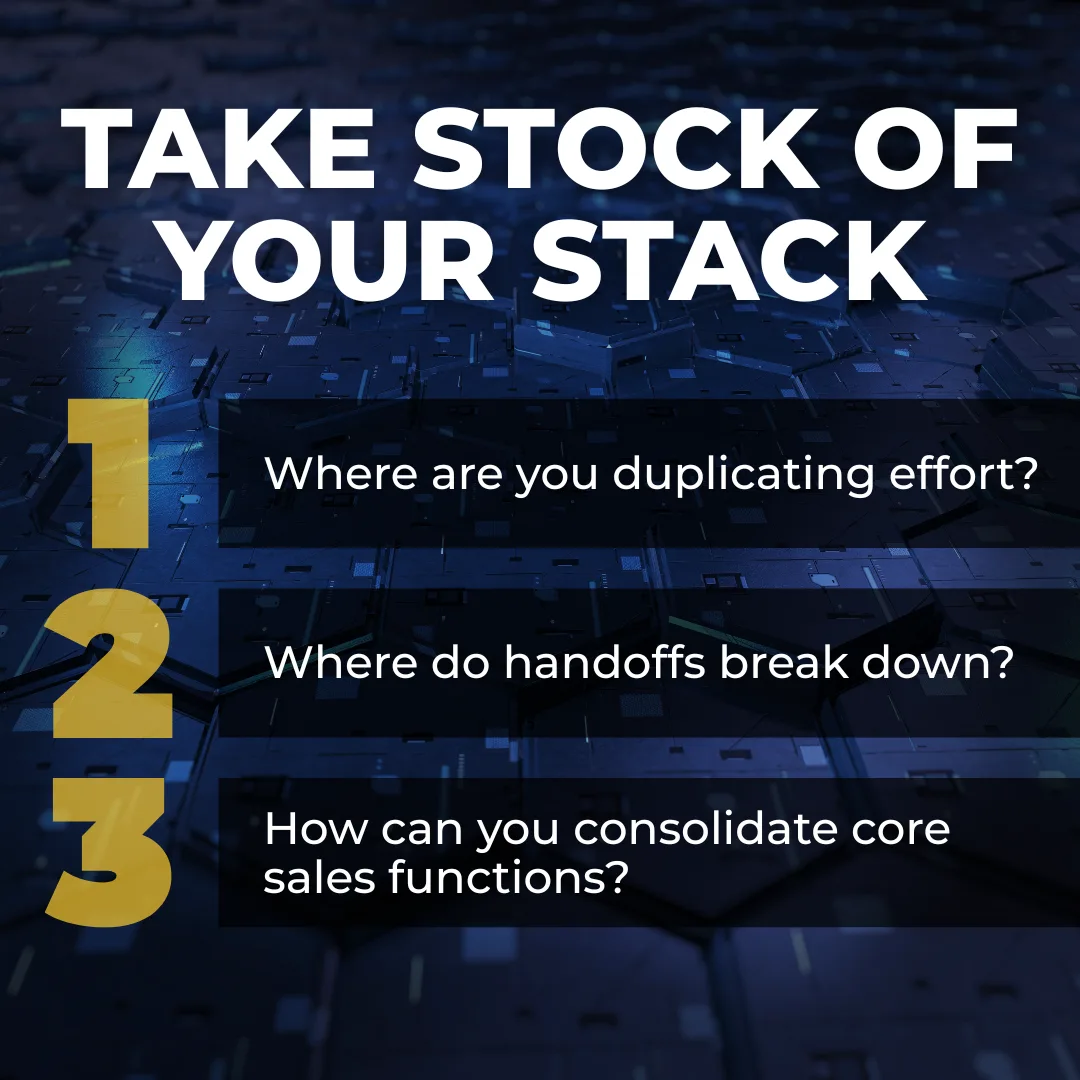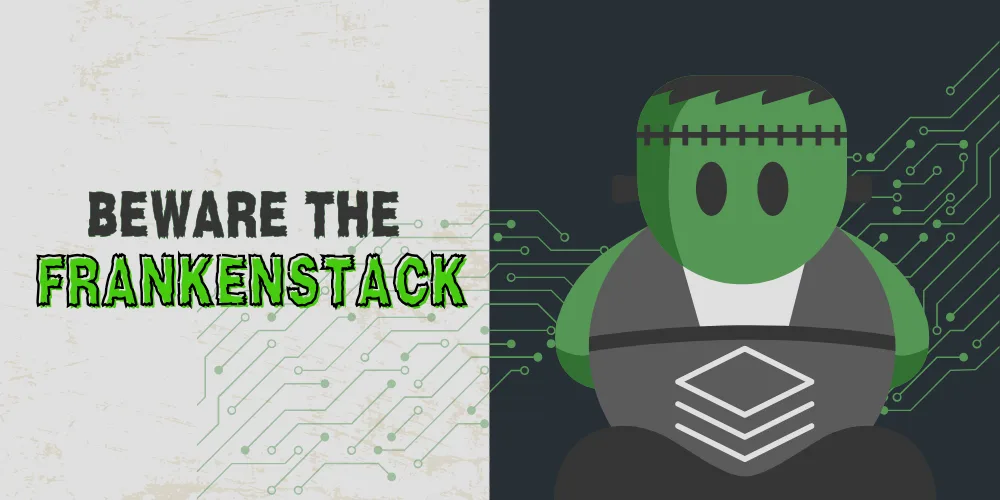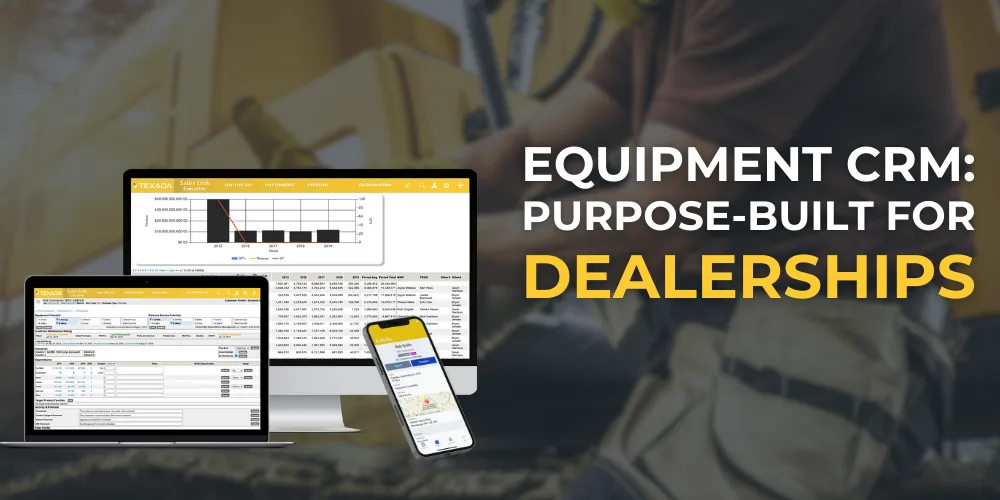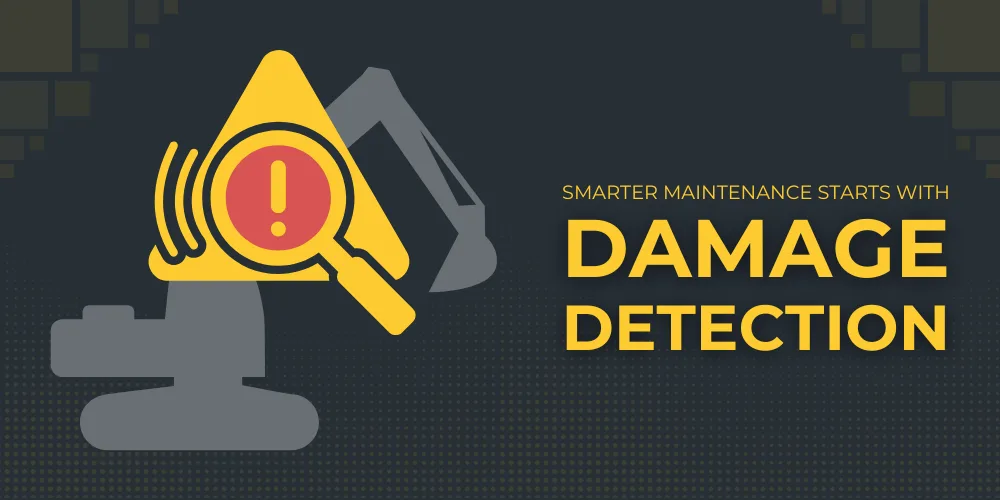We all have core systems we rely on. And if we’re honest, most of them have their quirks we need to work with… and sometimes work around.
Luckily, in today’s software landscape, there’s usually a third-party vendor offering a fix for every gap. So rather than overhaul your main system, you patch the hole with an add-on. Problem solved!
Then another crack appears. You patch again.
Someone pitches a slick integration that adds a feature you didn’t even know you needed. You’re in.
Rinse, repeat.
In a world that rewards speed and instant results, it’s easy to make one-off decisions that solve today’s problem without considering tomorrow’s tech debt. Before long, your once-simple setup has become a tangled web of tools, logins, contracts, and duct-taped workflows.
Welcome to the Frankenstack.
The Hidden Costs of Makeshift Tech
Frankenstacks aren’t just messy. They’re expensive, and not just in license fees. As you add tools to plug holes, you introduce real business risk and operational drag:
- Error-prone workflows: Manually moving data between tools increases mistakes, especially in fast-paced sales cycles.
- Siloed information: Deal and customer data lives in different systems. That means no shared view, inconsistent follow-ups, and a disjointed customer experience.
- Scaling pain: What works for a team of three becomes a nightmare for a team of thirty. New reps mean redundant onboarding and tool setup.
- Visibility gaps: Scattered data makes it harder to forecast, track pipeline health, or analyze performance with confidence.
- Vendor bloat: Multiple overlapping tools means more bills, more renewals, and more budget headaches.
- Technical debt: Temporary fixes become permanent. The more tools you add, the harder future changes become.
These issues don’t just slow teams down; they sap time, focus, and morale.
Think about it this way; would you rather have your team spending their time and energy navigating software or closing deals?
What If You Didn’t Have to Patch?
Imagine a platform that didn’t need workarounds.
One place to manage quotes, contracts, customer data, and reporting. One place to update a price list. One login for your team. One support line to call.
Not an ERP replacement, but a system built to enable your sales and customer-facing teams, regardless of your backend setup.
Operational benefits include:
- Need a new feature? Just toggle it on! No need to begin searching for a new integration.
- Everyone sees the same customer record, the same price book, the same quote templates.
- Reps don’t need five different screens just to close a deal. Just one streamlined, integrated system.
This isn’t a dream. It’s the advantage of doing what matters most, together. And it’s how you scale sales without scaling chaos.

The Path to Simplification
Untangling a Frankenstack doesn’t mean ripping everything out overnight. It starts with taking stock:
- Where are we duplicating effort?
- Where do handoffs break down?
- Which vendors are mission-critical and which aren’t?
- How can we consolidate core sales functions?
At Texada, we’ve seen these challenges firsthand, and that’s what our growth solutions are built to solve.
We’re here to support your frontline teams with a platform that fits into your broader ecosystem. One place for quoting, contracting, price management, customer data, and analytics, all designed to connect seamlessly with the rest of your operation.
Fewer tools. Fewer headaches. More visibility. And no duct tape required.
Want to learn more about how Texada simplifies your operations and equips you with the tools you need to grow?





